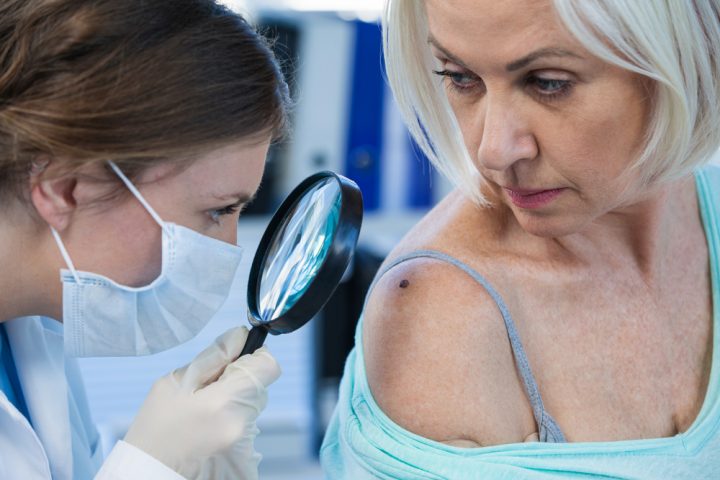According to the American Academy of Dermatology, skin cancer is the most prevalent type of cancer in the United States with nearly 10,000 people getting diagnosed with the disease every day. Thanks to constant research, what we know about skin cancer continually expands, so we now know of more ways to prevent skin cancer than we did ten years ago.
-
SPF 100 is a myth
Even if you apply the sunscreen correctly, SPF 100 only blocks about 98% of the dangerous sun rays. As per the American Academy of Dermatology, a broad spectrum sunscreen with an SPF of 30 or above will do the same job if you apply one ounce to your whole body and reapply every couple of hours. Unfortunately, many of us fail to apply the recommended amount.
-
Drink coffee
According to a study published by the American Association for Cancer Research, people whose caffeine intake is higher have a lower risk of basal cell carcinoma, which is the most prevalent type of skin cancer.
-
No part of the body is safe
You can get skin cancer in the eyes, which is called eye melanoma and exhibits itself as freckle in the eye. You can also develop skin cancer in areas of the body that are usually not even exposed to the sun rays like the genitals.
-
People with darker skin are not immune to skin cancer
In fact, when people with darker skin develop skin cancer, it can be much more fatal. Melanoma in people with dark skin exhibit itself with discoloration under the toenails, soles, or hands. Skin cancer often goes undiagnosed among people of color or gets diagnosed late enough to make the treatment very difficult.
-
Avoid indoor tanning
Even though exposure to the ultraviolet sun rays and genetics play the biggest roles in the development of skin cancer, tanning beds also increase the risk of developing skin cancer. There has been an increase in numbers of women under 40 who get diagnosed since the ’70s, and studies correlate this bump to indoor tanning.
-
Irregular dark moles are not the only sign
Even though checking for unusual and misshapen moles is an important part of detecting skin cancer, the signs, including the shape and color of the moles, differ in everyone. Skin cancer moles may be black, brown, red, pinkish, skin-colored, and white, and they can also be smaller or larger than a pencil eraser, rough, smooth, or raised. If you notice any irregular spots or moles, just get it checked immediately.
Featured Image: depostiphotos/ Wavebreakmedia









